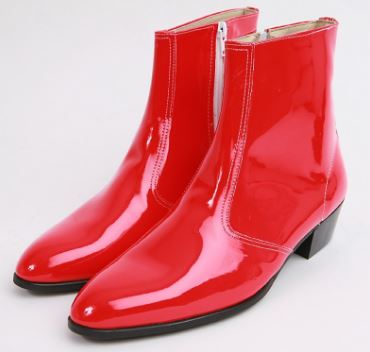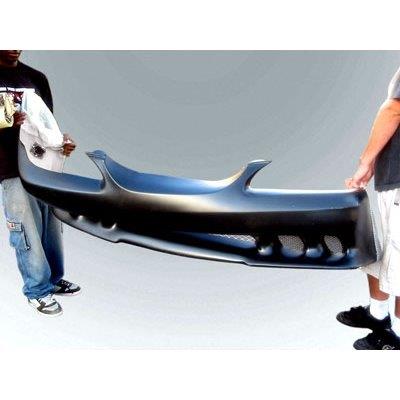 Flexible varnishes
Flexible varnishes
By their nature and use, they are included in technical varnishes and are very particular because they offer a high level of flexibility. Varnishes are naturally flexible. However, over time they inevitably harden and become less and less flexible, making them hard and brittle when bent or impacted.
A flexible varnish is therefore a varnish that has the ability to be bent, twisted or simply bent at a significant angle that can be measured up to 180° for the most flexible varnishes. In the field of bodywork, two-component acrylic polyurethane varnishes are by nature exceptionally flexible. This is a quality of resistance because contrary to popular belief, a thin and flexible product is more resistant to shocks, while a thick and hard finish will more easily tend to crack, break and then peel off.
Types of soft varnish
Water-based formulas are naturally flexible, as well as polyurethanes. The greater the thickness of the product (the dry film), the less flexible the product. Epoxy varnishes are the hardest and most brittle. If you take off a varnish, you can see that this thin transparent layer, measuring 1/20 mm, has the appearance of a perfectly flexible plastic film. After a few months or years, this film will have completely dried and hardened. It will become brittle.
Bodybuilders are used to using softening or flexibilizing additives in bumper varnishes and paints: this greatly increases their resistance to stone chips and gravel and reduces the risk of detachment. Soft varnishes are also used on plastics (motorcycle or quad parts) and also on leather and imitation leather. In these applications, an extremely flexible varnish is needed.
 Flexible is not stretchable
Flexible is not stretchable
There are additives to make paints flexible, but that doesn't make them stretchable! During flexion, extension can occur, which produces a tear. Confusion between these two properties is common. To our knowledge, there are no real stretchable paints: you have to turn to vinyl or latex-based paints.
Softener additives
They are offered by Stardust and are compatible with solvent-based paints. They are used with great moderation (between 1 and 3%) because they can weaken the properties of the paint if they are added in excess. In general, they are useful especially in 2-component lacquers and varnishes. They are unnecessary for one-component paints.



















































































